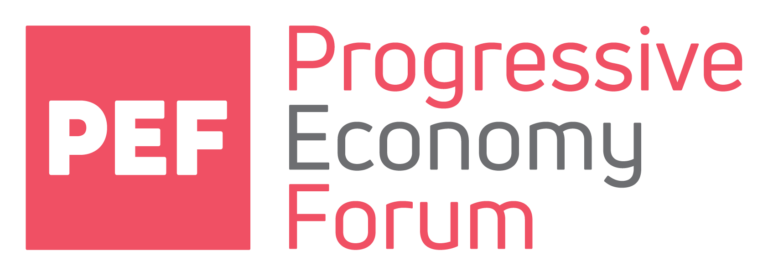The Laffer curve is named after Arthur Laffer , an American economist , who was an advisor to the Reagan administration
He apparently sketched the curve on a napkin to illustrate his argument that recovery of tax is related to tax rates
The Laffer curve illustrates the theoretical relationship between rates of taxation and the resulting revenue
It assumes that no tax revenue is raised at the extreme tax rates of 0% and 100%. Maximum recovery of taxation occurs at some intermediate point. A t the extreme of a 100% tax rate, the government collects zero revenue because taxpayers change their behavior in response to the tax rate: either they lose their incentive to work, or they find a way to avoid paying taxes.
The shape of the curve is uncertain and disputed
One implication of the Laffer curve is that increasing tax rates beyond a certain point is counter-productive for raising further revenue
Estimates of revenue maximising tax rates have varied widely with a mid range of around 70%
There is a consensus among leading economists that a reduction in income tax rates will not raise the annual total tax revenue
The Laffer curve was popularised in the USA with policymakers following a meeting with Laffer and Dick Cheney and Donald Rumsfeld in 1974
A paper in 2011 by a Trabandt and Uhlig in the Journal of monetary economics predicted a 70% revenue maximising rate. It predicted that the US and most European economies were on the left of the Laffer curve so that raising taxes would raise further revenue
Income tax in the UK was reduced from 50% to 45% in 2013. HMRC estimated that the cost of the reduction would be £100 million
The Laffer curve and supply-side economics inspired Reaganomics and the Kemp-Roth Tax Cut of 1981. Supply-side advocates of tax cuts claimed that lower tax rates would generate more tax revenue because the United States government‘s marginal income tax rates prior to the legislation were on the right-hand side of the curve. This assertion was derided by George H. W. Bush as “voodoo economics” while running against Reagan for the Presidential nomination in 1980.[37] During the Reagan presidency, the top marginal rate of tax in the United States fell from 70% to 31%.
Some have criticized elements of Reaganomics on the basis of equity. For example, economist John Kenneth Galbraith believed that the Reagan administration actively used the Laffer curve “to lower taxes on the affluent”.[
During Reagan’s presidency, the national debt grew from $997 billion to $2.85 trillion.[43] This led to the U.S. moving from the world’s largest international creditor to the world’s largest debtor nation.[44]
The argument in favor of cutting taxes on the very wealthy hinges on the impact this has on savings and investment: it allows well-off individuals to redirect their wealth into increases in productive investment, and as these investments are made, they subsequently increase the productive capacity of the economy. Because the only sustainable way the average citizen in any country can get richer is if worker productivity increases, this, in turn, leads to higher incomes for all, including the less wealthy.
Does the trickle-down part of supply-side economics ever work? In a Financial Times article last month, Rana Foroohar pointed out that the recent track record of trickle-down economics may not be terribly impressive:
The argument is that trickle-down economics will somehow magically start working to bolster growth, even though there is no evidence over the past 20 years that this has been the case. Tax cuts in 2001 and 2003 during George W Bush’s administration did not juice growth, nor did any Obama era cuts.
Recently higher taxes in the US were in the news with the election of Ocasio-Cortez to congress who advocates income tax rates of 70% on top earners compared to the current top rate of 37%
Sources

